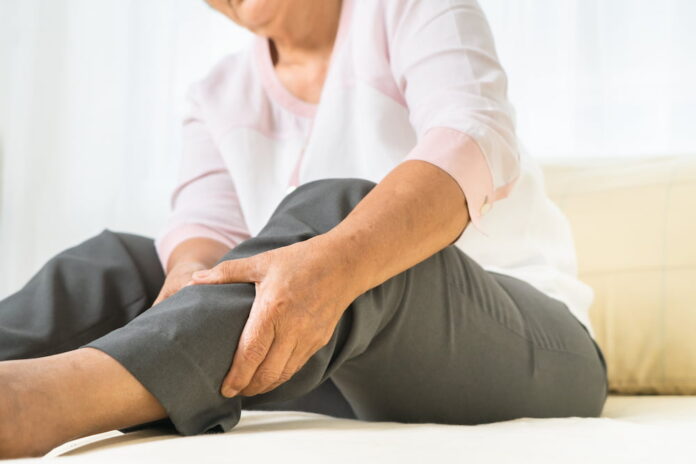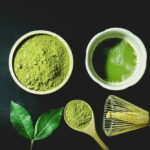Venous disease is common, but many people are unaware of the early signs and symptoms. Early detection is key to successful treatment and preventing the disease from progressing. Knowing what to look for can help you identify the disease before it becomes a bigger problem. This article provides an overview of the early signs of venous disease. With the correct information, you can take steps to protect your health and well-being.
Venous disease
Venous disease is a disorder that causes damage or blockages in the veins. Slow blood flow in the veins is the most typical reason. It is often caused by defective valves that prevent the proper flow of blood back to the heart. These diseases can be painful and debilitating.
Vein doctor in Queens is the best doctor to consult if you have venous problems. It is essential to know the early warning signs of venous disease. With the correct information, it is possible to prevent venous disease before it becomes a more severe problem.
Causes
Venous disease can affect anyone. However, some factors increase the risk, including:
– Genetics: If someone in your family has had a venous disease, you’re more likely to develop it.
– Age: As we age, the valves in the veins may weaken and not function properly.
– Sedentary lifestyle: Spending prolonged periods sitting or standing can increase pressure in the veins.
– Overweight or obese: Excess weight can increase pressure in the veins and contribute to venous disease.
– Pregnancy: Pregnancy can increase pressure in the veins, especially in the legs.
– Trauma: Injury to the legs can increase the risk of venous disease.
Early warning signs of venous disease
As with all diseases, knowing the early warning signs is vital. If you experience any of the symptoms listed below, you should consult a vein specialist for an examination.
– Persistent leg pain: It often occurs as a result of long periods of standing or sitting. Although leg pain is a common symptom of venous disease, it can also be caused by many other conditions.
– Swelling, heaviness, or cramping in the legs: These are usually due to a buildup of blood in the veins of the legs. It may be a sign of varicose veins.
– Variations in skin texture or color: These alterations might be caused by blood accumulation in the leg veins.
– Varicose veins: These are dilated, twisted veins that can be easily seen. These veins cannot effectively return blood to the heart, which can cause swelling, pain, and fatigue in the legs. If left untreated, varicose veins can progress and cause serious complications, such as ulcers.
– Itchy or itchy legs: It may be caused by chronic venous insufficiency or an allergic reaction.
– Changes in the size of the legs: They may indicate chronic venous insufficiency or deep vein thrombosis (DVT).
– Pain or warmth in one leg: This may be due to the formation of a blood clot in the veins.
It is important to see a vein specialist if you have any of these symptoms. Venous disease affects your quality of life and can be dangerous if not treated properly.
Types of venous disease
There are several types of venous disease, some of which include:
– Varicose veins: Varicose veins are twisted, dilated veins near the surface of the skin. Varicose veins are a common condition that can affect people of all ages. They usually occur in the legs.
– Spider veins: These are small red veins that look like a spider’s web. They usually appear on the calves or ankles. Spider veins are generally benign but can sometimes signify varicose veins.
– Chronic venous insufficiency (CVI): It occurs when veins cannot pump blood back to the heart effectively and become engorged with blood. CVI can cause swelling, pain, and skin problems.
– Deep vein thrombosis (DVT): It is caused by forming a blood clot in a deep vein in the leg.
– Venous ulcers: These are sores that form in the skin due to chronic venous insufficiency.
– Phlebitis: It is an inflammation of the vein.
Conclusion
Venous disease is a common medical condition and can affect people of all ages. If you experience any of the symptoms of venous disease, you must see a vein specialist as soon as possible. Early detection is critical to successful treatment and can prevent disease progression.
Read Also
- How to Find a 5-Star Dentist Near YouChoosing a dentist is more than just finding someone who can clean your teeth. It’s about selecting a trusted partner in your long-term oral health. A 5-star dentist not only provides excellent clinical care but also delivers a positive patient experience, from the moment you walk in until the moment you leave. Whether you’re new… Read more: How to Find a 5-Star Dentist Near You
- Your Easy-Peasy Guide to Brewing Amazing MatchaHey there! So, you’ve heard all the buzz about matcha – that vibrant green powder that’s not just pretty but packed with good stuff? It can seem a little fancy and intimidating at first, but trust me, making a delicious cup at home is simpler than you think. Forget complicated ceremonies for now; let’s just… Read more: Your Easy-Peasy Guide to Brewing Amazing Matcha
- Embracing Holistic Wellness: Insights from a Lansing, MI Health CenterReframing Health: Moving Beyond Symptom Management Treating only symptoms often offers quick relief, yet long-term results stay out of reach. When care zeroes in on isolated complaints, the bigger picture, such as stress, behavior, or lifestyle, often gets missed. Research shows that whole-person care, which looks at physical, emotional, and environmental factors, yields better outcomes… Read more: Embracing Holistic Wellness: Insights from a Lansing, MI Health Center
- VO₂ Max Testing Explained: What It Is & Why It Matters for Your HealthVO₂ max sounds like a term reserved for elite athletes, but it’s among the most accurate measures of your lifetime and general condition. Moreover, it goes beyond performance. Monitoring your VO₂ max will help you to ascertain your body’s capacity to control stress, its oxygen consumption efficiency, and your internal ageing process. If you have… Read more: VO₂ Max Testing Explained: What It Is & Why It Matters for Your Health
- So, what exactly is matcha?Think of matcha as green tea turned up to eleven! Instead of steeping leaves and tossing them out, matcha is made by grinding whole green tea leaves into this super-fine, vibrant green powder. You whisk it right into hot water (or milk!), meaning you’re drinking the entire leaf. That’s why folks say you get way… Read more: So, what exactly is matcha?






